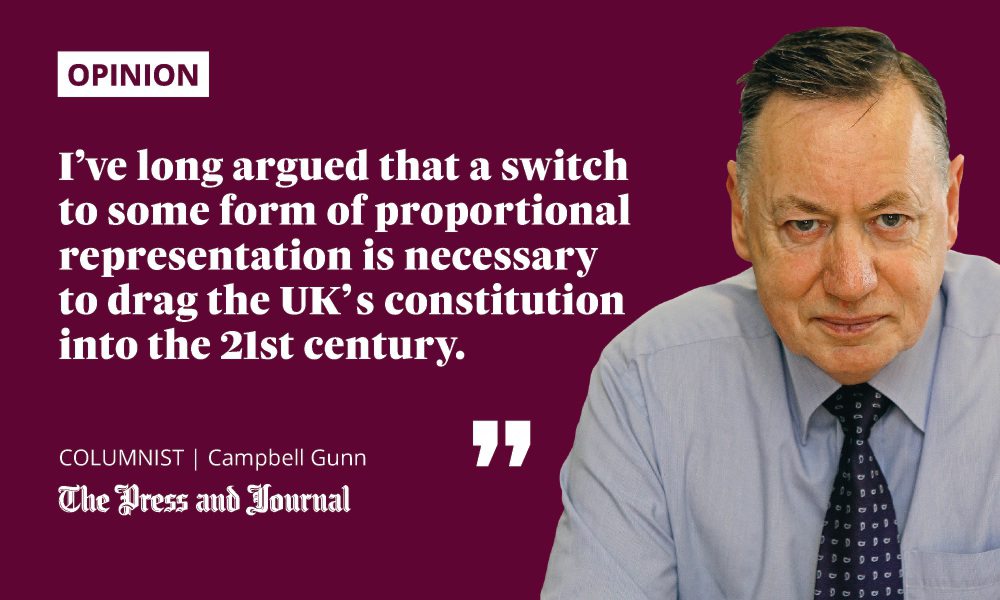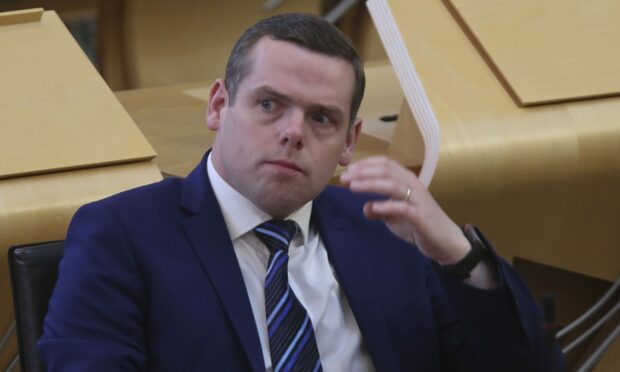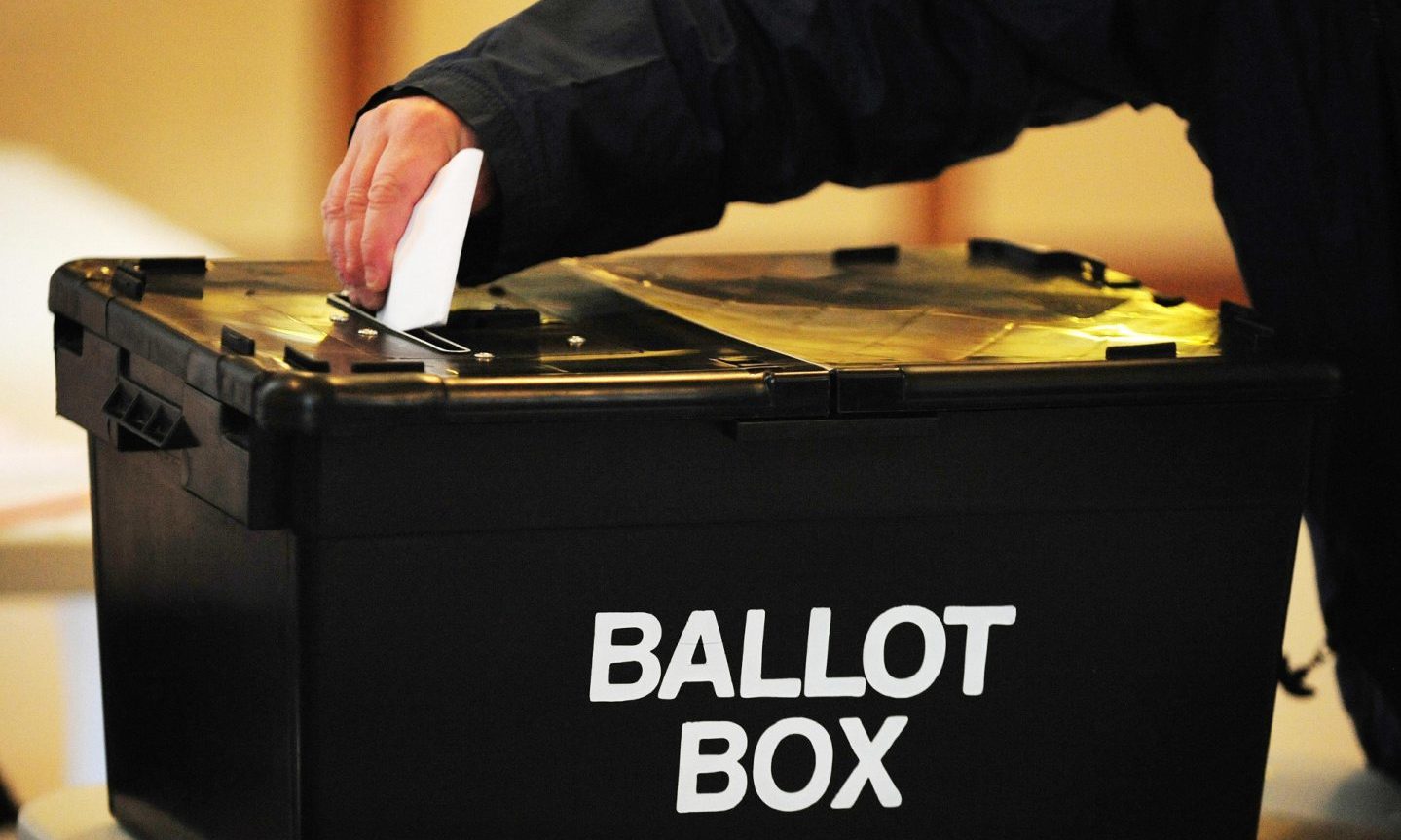There were howls of outrage from the usual suspects at the proposed changes to Scotland’s representation at Westminster announced earlier this month.
The changes, still to be ratified, would see the number of Scottish MPs in the House of Commons reduced from the current 59 to 57. This, opponents of the changes point out quite correctly, would be the lowest level for over 100 years.
For most of the first half of the 20th century, Scotland had 74 MPs. When the Scottish Parliament was established in 1999, we still sent 72 representatives to London. However, in 2005, that was slashed to 59 and the current proposal would see that number reduced still further.

There were immediate claims that Westminster was gerrymandering the system. Reaction from the SNP was swift and predictable. They pointed out that, when we had 74 MPs out of a total of 615, they represented over 12% of the make-up of the Commons. The changes proposed by the Boundary Commission would see that proportion reduced to 8.8%. That still, of course, gives Scotland a larger number of MPs than its population technically justifies, as we make up just 8.2%of the UK total.
However, the criticism, in my opinion, is wide of the mark. The changes, marking the third time the independent Boundary Commission has attempted to tweak the current system in the past 10 years, also sees Wales suffer, losing eight seats. It could have been worse. One earlier proposal would have seen the total number of Commons seats reduced from 650 to 600, which would undoubtedly have prompted an even bigger reduction of seats in Scotland and Wales.
England gains 10 seats, while Northern Ireland’s representation remains unchanged. The alterations, the Commission points out, are simply the result of population changes across the UK, with the south of England’s population expanding far more quickly than elsewhere.
Would boundary changes actually change much?
But what practical effect would the changes have in Scotland? Perhaps the SNP should check analysis carried out by Ballot Box Scotland, which shows that, had the boundary changes been in place at the last general election, the losers would have been the Liberal Democrats, who would most likely have lost both Caithness, Sutherland and Easter Ross, and North-East Fife. In fact, the overall number of seats won by the SNP, the Conservatives and Labour last time would in all probability have remained exactly the same.
In theory, every seat in the UK should have an electorate within 5% of 73,393 voters. The result of this is that, while Scotland and Wales lose seats, the south-east of England gains seven and London gains two, thanks to the increased size of their electorates. It is worth noting that it is the number of voters which counts, not actual population size.
This acts against London’s interest, which would have even more MPs if the number of constituencies in the city were based on population size. This is because so many people in the capital are simply not registered to vote.
Throwing a VERY quick "overall view" map into the mix – per what's in this thread, of the 57 (-2) Scottish Constituencies, a very rough estimate of 2019 results would be:
SNP ~ 48 (nc)
Con ~ 6 (nc)
LD ~ 2 (-2)
Lab ~ 1 (nc)Lib Dems the main losers, basically. pic.twitter.com/PyEJRC8XLd
— Ballot Box Scotland (@BallotBoxScot) October 14, 2021
The Western Isles seat, along with Orkney and Shetland, are excluded from potential changes due to their unique geographical situations, along with Ynys Môn, in Wales, and the Isle of Wight.
All but 11 seats in Scotland will see changes to their boundaries. The already huge Caithness, Sutherland and Easter Ross seat will be extended to include Wester Ross and the Black Isle, while the Moray seat – currently held by Scottish Conservative leader Douglas Ross – will disappear altogether, being split three ways. Mr Ross, though, will not be contesting the next Westminster election, thus avoiding potential embarrassment.
First-past-the-post is fundamentally flawed
If approved, the changes should last for a number of years, unless something drastic (from Westminster’s point of view), such as Scottish independence, forces a major overhaul. But further future changes will be inevitable thanks to the first-past-the-post electoral system that Westminster operates.
A change to the UK’s electoral system is long overdue and the tweaking of constituency boundaries is simply prolonging the agony
I’m no great fan of the two-tier list system by which we elect MSPs to Holyrood, but it is far better than the one used to elect MPs. In 2019, the Conservatives won just 43.6% of the total vote, yet had a landslide overall majority of 80. In 2015, the Tories again won a majority of seats, that time with even fewer votes – 36.9%. That simply can’t be right.
A change to the UK’s electoral system is long overdue and the tweaking of constituency boundaries is simply prolonging the agony. I’ve long argued that a switch to some form of proportional representation is necessary to drag the UK’s constitution into the 21st century. Sadly, this is unlikely to happen any time soon.
If you have suggestions to the Boundary Commission’s current proposals, they are open for submissions until December 9.
Campbell Gunn is a retired political editor who served as special adviser to two first ministers of Scotland and a Munro compleatist

